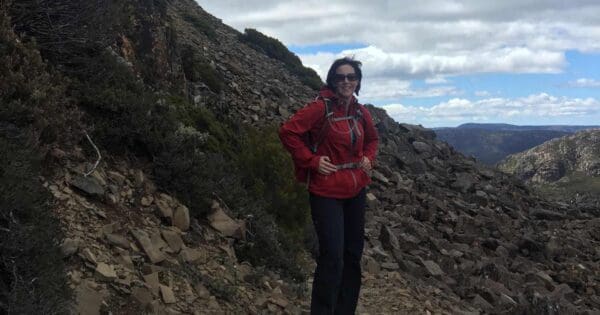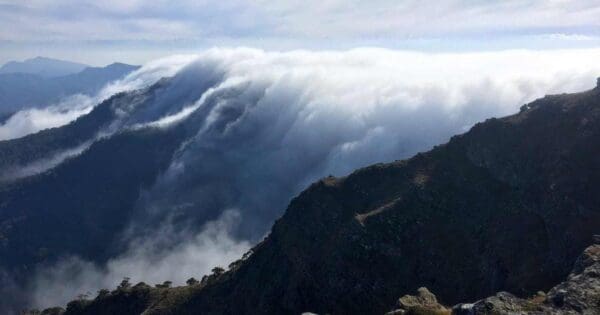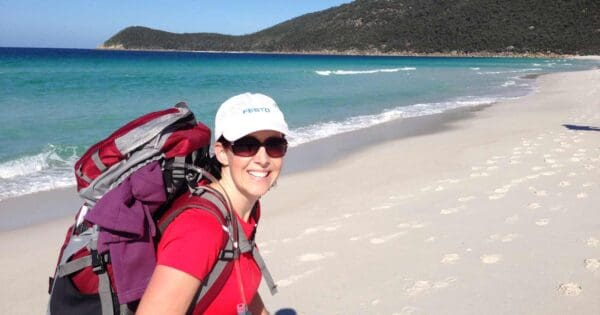Alpine climbing isn’t an easy task and requires resilience, determination and physical strength. Before you tackle an alpine climb, you will need to prepare your body and mind for the challenges you will face. Young adventurers Rachel Marr and Daniel O’Malley share what they learnt from trekking Mount Aconcagua after over a year of preparation.
Altitude preparation
When climbing, you will be reaching high altitude levels which affect the human body and its performance. High altitude can result in dizziness, exhaustion and dehydration due to the lack of oxygen that is available as you ascend. This can be quite a shock to someone who has never climbed at these levels before, so if it is your first time ensure you are well prepared and train at an altitude chamber facility. These facilities offer rooms that can decrease the oxygen levels to match those you would experience at higher altitudes. Altitude chambers provide a safe place for you to see how your body will cope under pressure. Some handy tips to help your body acclimatise are time and hydration. Give your body as much time as possible to react to the changing altitude and stay hydrated by increasing your typical water consumption.
Weight training
As you get higher in the mountains, your load weight tends to feel heavier. Along with that, you must carry all your alpine climbing gear throughout the entire trek. Prepare for the strain on the mountain by physically training with a 20-25kg pack. If you want a more realistic training experience, try walking on sand with the weight pack as this mimics the texture and restraint of snow. You can also walk up and down stairs with the extra weight to strengthen your body for inclines. Push yourself harder prior to the climb to ensure you will cope with the weight of your climbing gear and other camping equipment.
Nutritional tips
As with any physical activity, pack a large supply of healthy snacks to last you the trek and some extras in case it takes you longer than expected. Consuming these snacks will provide energy and will help keep your body warm and strong throughout the entire climb. To get your full dietary requirements, use protein powder to get your protein portion, green powder as your vegetable source and berry powder to help with immunity. For extra help with the altitude adjustment, we tried some herbal supplements like Ginkgo Biloba and Panax Ginseng.
Training tips
You can’t expect to be ready for alpine climbing after a few weeks or a month of training. Completing an alpine climb is hard work and is physically demanding. Training hard and training correctly is crucial to ensuring you complete your climb safely and with your health still intact. Using the SMART framework as your training method is a great way to set realistic goals and achieve them.
- S = Specific
- M = Measurable
- A = Achievable
- R = Realistic
- T = Timed
Motivate yourself
If you want to complete an alpine climb, you are the only one that can motivate yourself. Set a date and work towards it every chance you get, training harder and harder as the climb gets closer. Completing an alpine climb isn’t just an average outdoor activity. It requires months and months of dedication, sacrifice and preparation, and requires physical and mental strength.
Before you jump straight into tackling an alpine climb, train hard and make sure your body and mind is ready. These training activities helped us prepare for our Aconcagua climb and improve our body’s ability to cope with the intense conditions on the mountain.
*Note: Every mountain has different conditions, challenges and dangers. Please seek professional advice if you are attempting a high altitude climb to ensure you get specific guidance for your particular climb.
Contributed by: Mountain Designs
Photo: Me near Everest Base Camp





